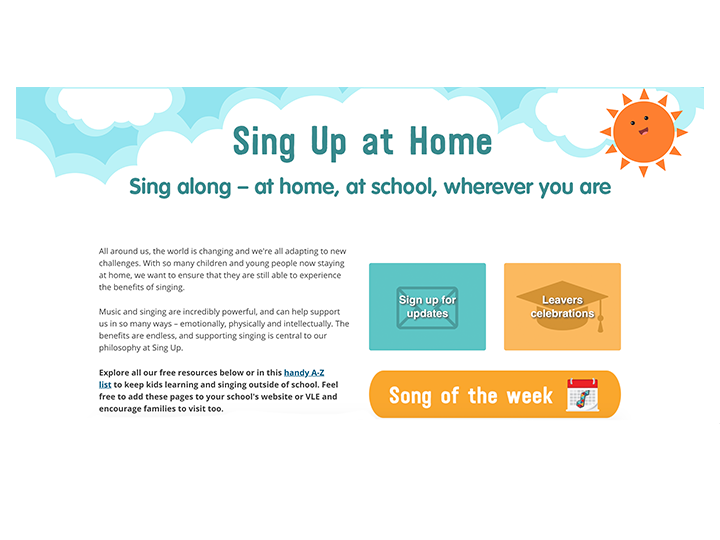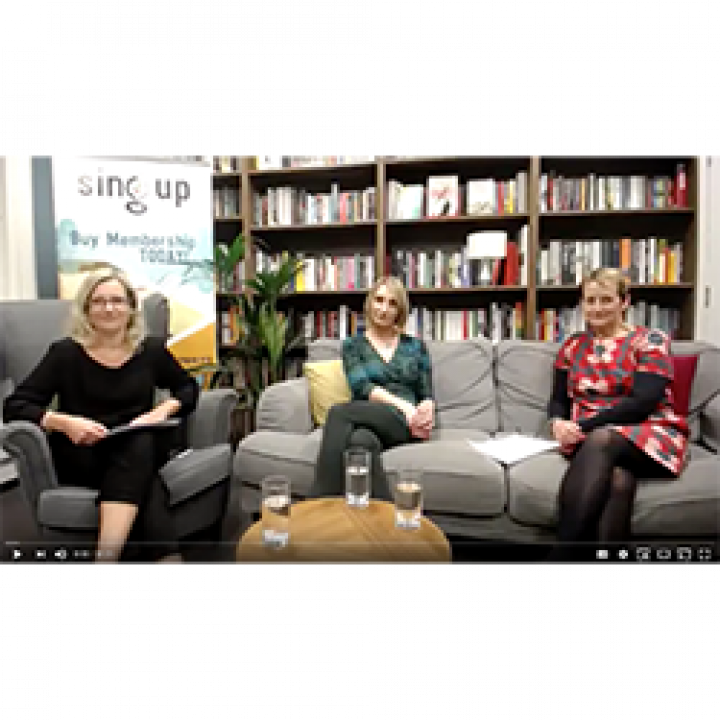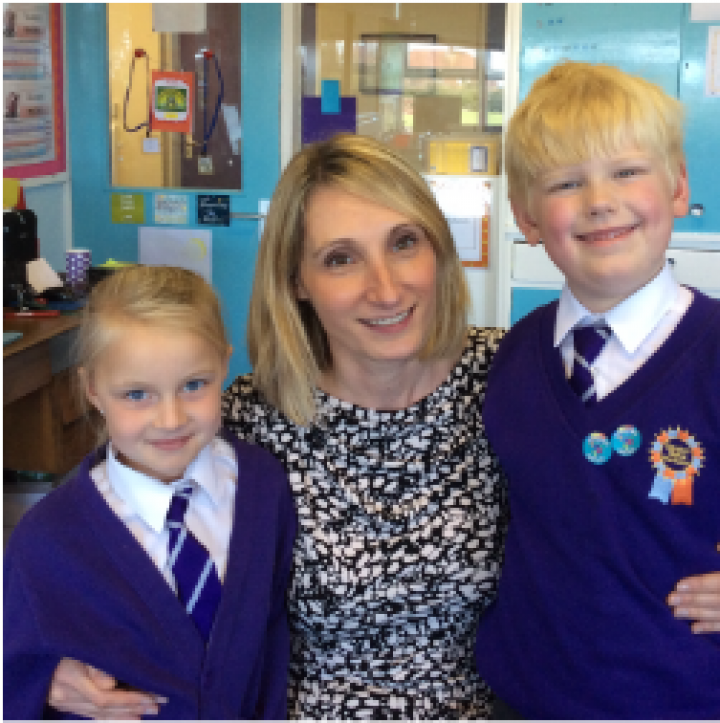
How important is singing and music in your school?
I was appointed at Seaton Sluice First School in September 2013 as Deputy Head teacher, which includes teaching a Year 4 class and leading music throughout the school. Singing and music is at the heart of everything we do. When I joined the school my Head teacher spoke about her vision for the school becoming a ‘singing school’.
Music develops a multitude of skills such as concentration and focus and by providing a rich arts-based curriculum, academic standards soar.
We create a positive, happy community where all children can achieve. Singing unites the school.
What do you think singing brings to school life?
Singing is accessible to every child, whatever their interests, ability or background. Children lose their inhibitions and are able to throw themselves into having oodles of fun. With so much technology around now it’s even more important to teach children to practise, be patient and develop skills over time. Music teaches children to reflect, analyse and feel confident in presenting an opinion based on their own interpretation.
What effects have you seen singing have on the children at your school and their level of attainment?
Learning and everyday tasks become more memorable and fun. For example, classes throughout the school sing their times tables. This is modelled by our fantastic teachers who are fully prepared to stand up and laugh with the children. In all topics, we use quality songs that link to our learning such as Romans and Egyptians, and we’ve seen standards across the whole curriculum rise. Even our behaviour policy is linked to a school song that we sing regularly together to keep our positive ethos alive.
What singing do you do with the wider community?
The children learn an agreed repertoire of songs to sing together as part of a smooth transition to middle school, which has proven a huge success. We’ve recently performed with The Newcastle Choral Society at a performance of Ahoy! by Alexander L’Estrange. It demonstrated the need to rehearse and concentrate for a sustained period of time.
Do you have advice for teachers starting to integrate singing into their school’s activities?
Just go for it! I find that by including actions, the children are more likely to join in and memorise the lyrics. Encourage the children to make up songs or change the lyrics to well known songs. Raps are particularly popular with the boys and are great for talking about rhythm and rhyme.
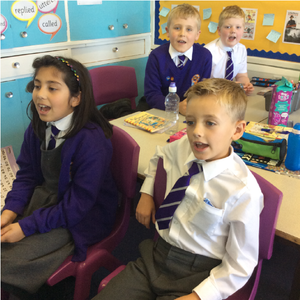
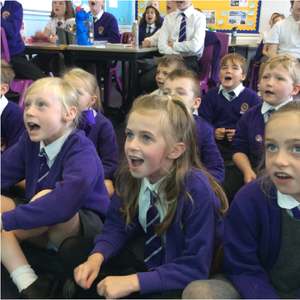
What advice do you have for encouraging colleagues to sing in their lessons?
Support one another. Some teachers will naturally be more confident and it’s helpful if they’re prepared to take the lead. Vocal warm ups are important and Sing Up has a fantastic range of songs to support this. Once you relax singing is liberating and enjoyable.
What is your favourite Sing Up resource?
We like the backing tracks and echo arrangements for learning new songs. The website is our main resource; it’s full of amazing ideas and materials. I’ve recently discovered the teaching videos and ideas for children with different learning needs.
What aspirations do you have next for singing and music at Seaton Sluice?
This year, we’d like to organise a concert involving local schools in a large venue. The beauty of singing is that it brings communities together, doesn’t involve spending much money and provides a fantastic, engaging way of having fun together.
I want our children to look back on their time at our school with affection and a whole load of songs locked in their hearts.
We have just been given the good news of being awarded a national lottery grant of £9000 for the development of music and singing in the school, and we are over the moon!


